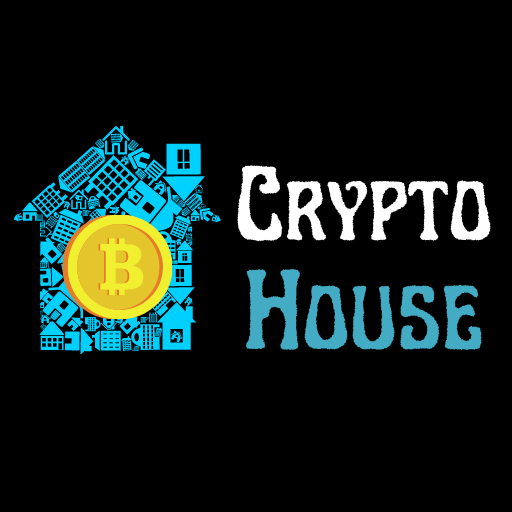- The veTokenomics model urges users to lock their tokens for a fixed time to earn voting rights and incentives.
- Balancer, Curve, Frax Finance, and others are some popular DeFi protocols using this model.
DeFi projects depend on a solid tokenomics model to predict the future value of the project, the total supply, the allocation of tokens to different parties, and the burn schedules. These models are designed at the protocol level itself and are well presented in the whitepaper of the project. Investors and users look upon this tokenomics to predict the project’s success and make their decisions accordingly.
Economic models always suffer from the issues of pump and dump, where early investors and insiders hype up the project, buy tokens in large, and then sell them off and move to another lucrative project. The project aches from such non-commitment of users not aligned with the company’s vision. Thus, projects came up with the concept of veTokens to engage investors for longer periods and align the success of a project in their skin.
The veTokens and veTokenomics
Vote Escrowed tokens (veTokens) are tokens that a user receives after they willingly lock their tokens for a fixed period. These tokens cannot be sold or transferred to others. The economic model built around these tokens is called the veTokenomics model.
These token holders, in return, get the governance rights within the protocol as well as earn a share of the network’s revenue. Locking tokens in escrow accounts solves the issues of liquidity and engagement. Staking pools were also used to provide liquidity; however, they were for much shorter periods.
The investors with veTokens believe in the long-term success of their project and not only show their moral support but by their dollars. These locked tokens also decrease the amount of circulating supply in the market, increasing the scarcity and price of the token.
Since they have locked their money and its value directly depends on the success of the project, the decisions will be made considering their long-term effects on the health of the network. veToken holders also benefit from financial incentives as they receive a percentage of the protocol’s profit as rewards.
The Model by Curve
Curve was the first DeFi protocol to introduce such a model of Tokenomics and is popular among users and long-term investors who have benefited from this unique and rewarding model. It became the go-to place for users to swap stablecoins with the least slippage. It took the existing Automated Market Maker (AMM) model and paired stablecoins with it.
Similar to other DeFi models, here also the Liquidity Providers (LPs) can stake their coins to get LP tokens. These LP tokens can now be dropped into the Curve Gauge and get the CRV token, which is the governance token for the Curve DAO. Further, these CRV tokens can be locked for a fixed period to earn the veCRV token, which is illiquid and untransferable.
These veCRV tokens provide users with voting power in the governance, which is proportional to their locking period. If Mark and Linda decide to obtain veCRV tokens by locking for 2 and 4 years respectively, Linda will have more influence on the decision compared to Mark. The decay feature of Curve ensures that the veCRV tokens held by any user decrease linearly with time, hence asking for continuous lockups.
Conclusion
Although we have already discussed the many benefits associated with this ve-economic model, it also has its share of drawbacks. Not everyone is interested in such long-term investments, but because of the power of such people, short-term investors may not be attracted. Also, these tokens can’t be unlocked until the maturity date, irritating investors if they decide to change their minds.”





